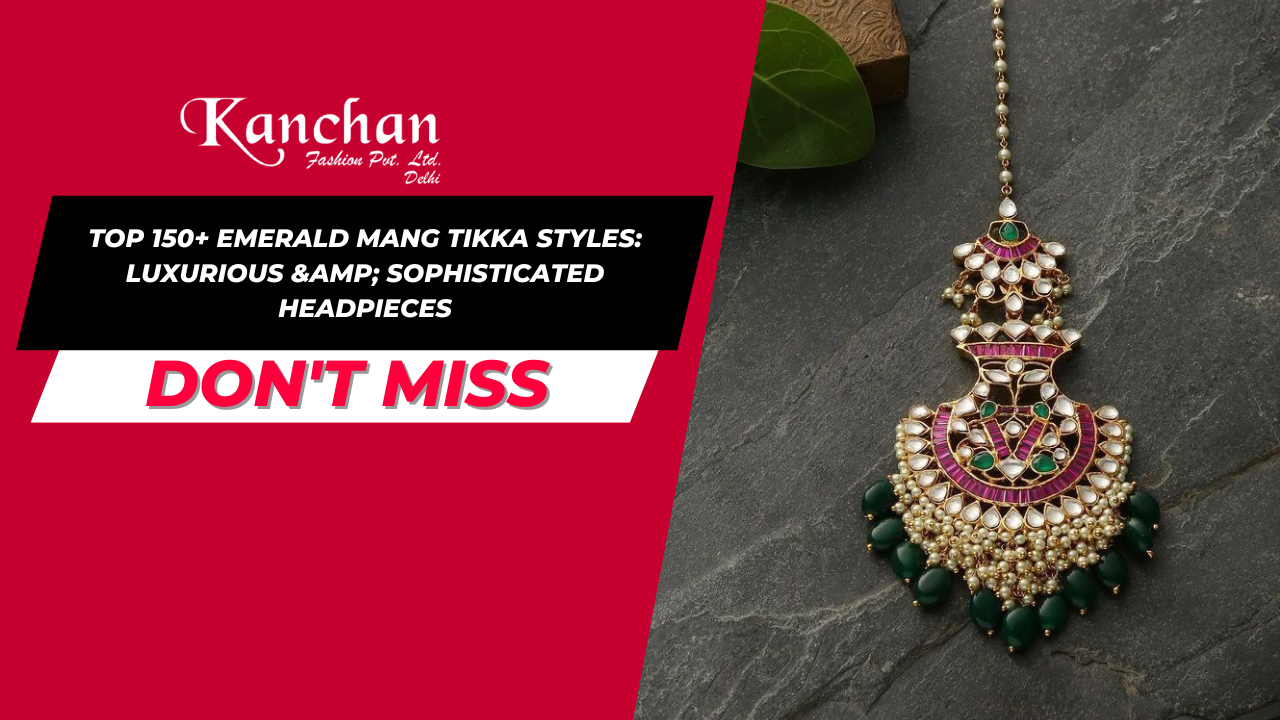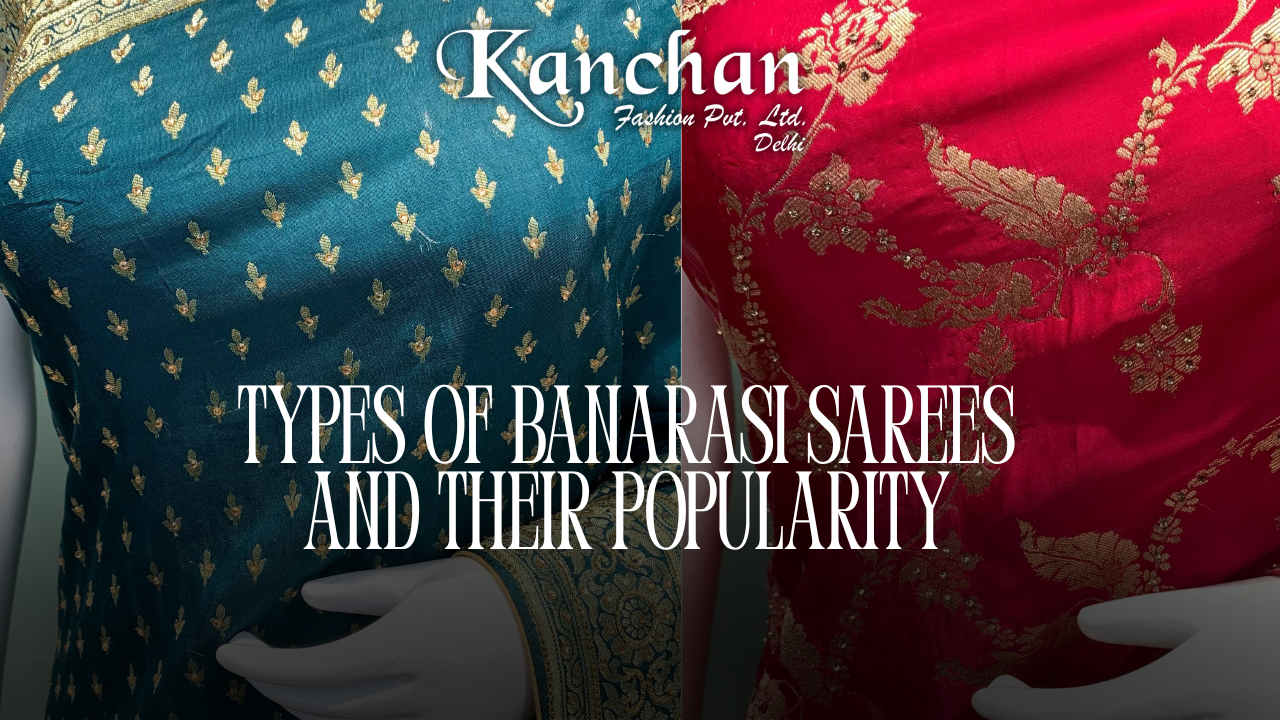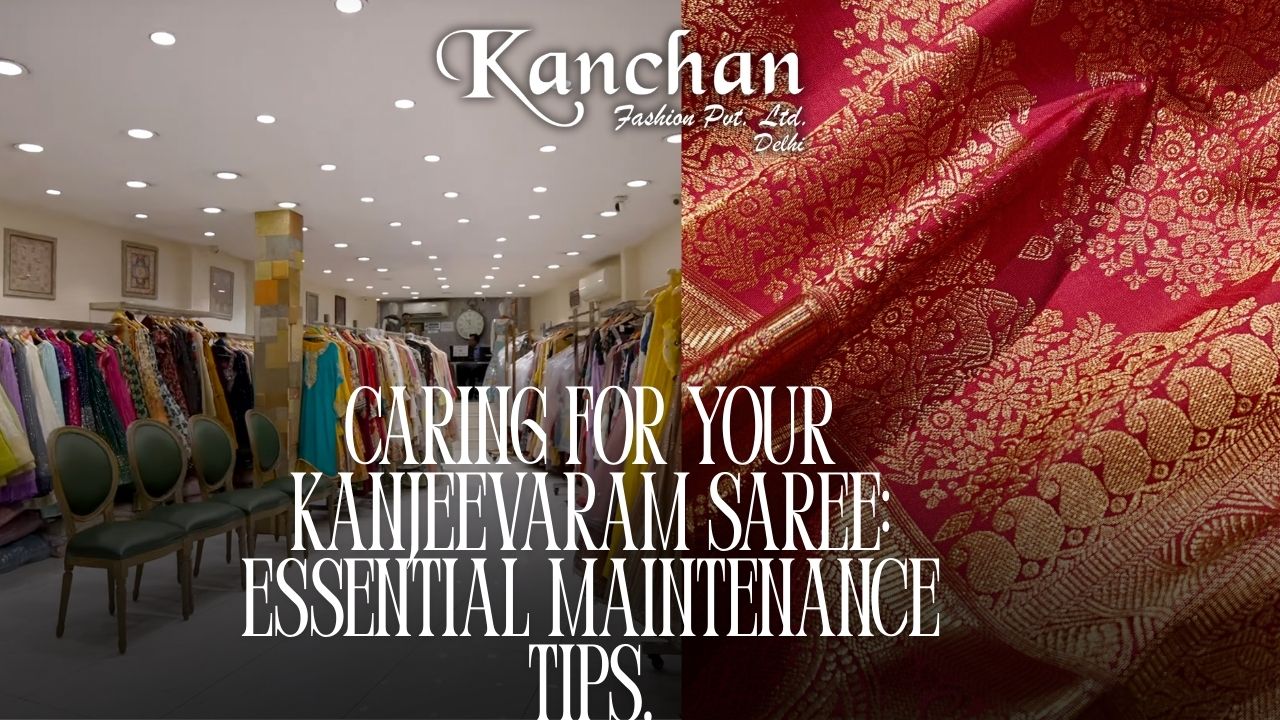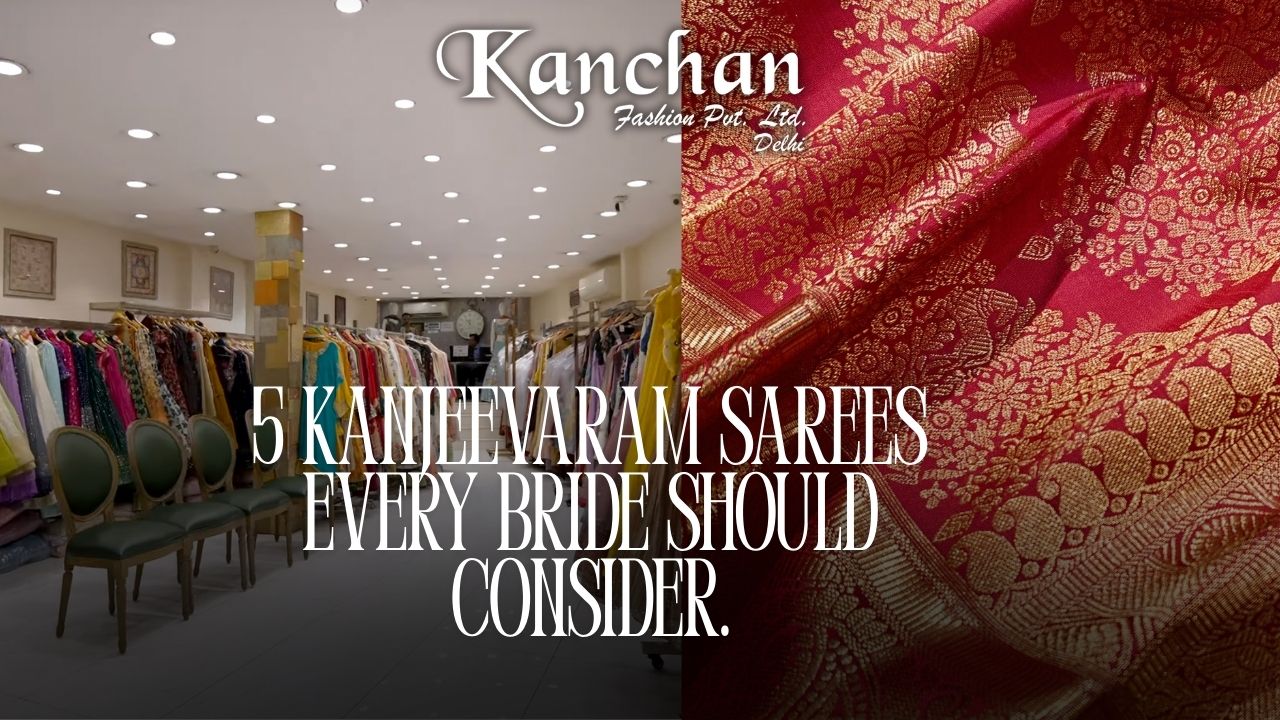
Table of Contents
- Introduction: The Allure of Emerald Mang Tikkas
- Understanding the Mang Tikka: A Timeless Ornament
- The Significance of Emeralds in Jewelry
- Exploring the "Mang" Element: Design Variations
- Diving into the "Tikka" Element: Size and Shape
- Traditional Gold Emerald Mang Tikkas: A Classic Choice
- Contemporary Diamond and Emerald Mang Tikkas: Modern Elegance
- Polki Emerald Mang Tikkas: Uncut Beauty
- Kundan Emerald Mang Tikkas: Royal Grandeur
- Jadau Emerald Mang Tikkas: Intricate Craftsmanship
- South Indian Emerald Mang Tikkas: Temple Jewellery Inspired
- Minimalist Emerald Mang Tikkas: Subtle Sophistication
- Statement Emerald Mang Tikkas: Making a Bold Impression
- Bridal Emerald Mang Tikkas: The Crowning Glory
- Festive Emerald Mang Tikkas: Adding Sparkle to Celebrations
- Emerald Mang Tikkas with Pearl Accents: A Touch of Grace
- Emerald Mang Tikkas with Ruby and Sapphire Embellishments: Vibrant Hues
- Style Emerald Mang Tikkas with Different Outfits
- Caring for Your Precious Emerald Mang Tikka
- The Enduring Appeal of Emerald Mang Tikkas: A Symbol of Heritage and Style
- Conclusion: Adorning Yourself with Emerald Elegance
- Frequently Asked Questions (FAQ)
Top 150+ Emerald Mang Tikka Styles: Luxurious & Sophisticated Headpieces






































































































































1. Introduction: The Allure of Emerald Mang Tikkas
In the realm of exquisite jewelry, few pieces possess the timeless allure and sophisticated charm of an emerald mang tikka. This captivating head ornament, deeply rooted in South Asian traditions, has transcended cultural boundaries to become a coveted accessory for women seeking to add a touch of regal elegance to their attire. The mesmerizing green hue of the emerald, combined with the graceful design of the mang tikka, creates a harmonious blend of luxury and tradition. Whether adorning a bride on her special day, accentuating the beauty of a festive ensemble, or adding a statement of refined taste to any occasion, the emerald mang tikka stands as a testament to enduring style and impeccable craftsmanship. This blog post delves into the enchanting world of emerald mang tikkas, exploring over 150 diverse styles that showcase the versatility and timeless appeal of this magnificent headpiece. From classic gold settings that exude traditional grandeur to contemporary designs that incorporate diamonds and intricate detailing, we will unravel the nuances of each style, providing insights into their unique characteristics and the occasions they best complement. Prepare to be captivated by the lush beauty and sophisticated designs that make the emerald mang tikka a truly exceptional piece of jewelry.
2. Understanding the Mang Tikka: A Timeless Ornament
The mang tikka, a quintessential piece of South Asian jewelry, holds a significant place in cultural traditions and sartorial elegance. It is a forehead ornament comprising a pendant that typically hangs from a chain or string, with a hook at the other end to secure it in the hair. The word "mang" refers to the parting of the hair, where the central chain usually rests, and "tikka" signifies a pendant or ornament worn on the forehead. Historically, the mang tikka was not merely an adornment but also held symbolic significance, often associated with marital status and prosperity. Its design has evolved over centuries, reflecting changing aesthetics and craftsmanship techniques, yet its fundamental form and captivating presence have remained constant. The mang tikka's versatility is one of its most appealing attributes. It can range from simple, delicate designs suitable for everyday wear or subtle accents to elaborate, ভারী pieces that become the focal point of bridal or festive ensembles. The materials used in crafting mang tikkas are diverse, including gold, silver, and various precious and semi-precious stones. The setting and style of the pendant can vary dramatically, featuring intricate filigree work, enamel detailing, or the prominent display of gemstones like emeralds, diamonds, rubies, and sapphires. The chain or string securing the pendant can also be adorned with beads, pearls, or smaller gemstones, adding another layer of visual appeal. Understanding the basic structure and historical context of the mang tikka provides a foundation for appreciating the exquisite variations and the enduring legacy of this cherished ornament, particularly when it is elevated by the rich green splendor of emeralds.
3. The Significance of Emeralds in Jewelry
Emeralds, with their captivating green hue, have been revered for centuries across various cultures, holding a special place in the world of gemstones and jewelry. Their lush color, ranging from deep forest green to vibrant bluish-green, is associated with nature, renewal, and prosperity. Historically, emeralds were prized by royalty and elites in ancient civilizations, including the Egyptians, Romans, and Incas, who believed they possessed mystical powers and symbolized eternal life. Cleopatra, the legendary queen of Egypt, was famously passionate about emeralds, adorning herself and her palace with these precious stones. In many cultures, emeralds are also believed to bring good fortune, health, and fidelity. Their rarity and the challenges involved in mining them contribute to their high value and desirability. Unlike some other gemstones, emeralds often contain natural inclusions, known as "jardins" (French for gardens), which are considered part of their unique character and are not necessarily seen as flaws. These natural imperfections tell the story of the emerald's formation deep within the earth. In jewelry, emeralds are used in a variety of settings, from solitaire rings and elegant necklaces to intricate bracelets and, of course, magnificent headpieces like the mang tikka. Their vibrant green color provides a striking contrast to the warm tones of gold and the brilliant sparkle of diamonds, making them a versatile gemstone that can be incorporated into both traditional and contemporary designs. The rich history, symbolic significance, and unparalleled beauty of emeralds elevate any piece of jewelry they adorn, making an emerald mang tikka not just an ornament but a cherished emblem of luxury and sophistication.
4. Exploring the "Mang" Element: Design Variations
The "mang" element of the mang tikka, referring to the chain or string that secures the pendant along the hairline, offers a canvas for diverse design variations that contribute significantly to the overall aesthetic of the headpiece. While its primary function is to hold the tikka in place, the "mang" can be intricately crafted to enhance the beauty and style of the ornament. One common variation is a single, delicate gold or silver chain that runs along the center parting of the hair. This minimalist approach keeps the focus primarily on the pendant, allowing its design and the brilliance of the emerald to take center stage. Alternatively, the "mang" can be more elaborate, featuring multiple strands of fine chains that create a layered or interwoven effect. These multi-stranded designs can add a touch of opulence and visual texture to the headpiece. Another popular variation involves incorporating small beads or gemstones into the "mang." These can be tiny pearls, delicate emeralds, or contrasting stones like rubies or sapphires, adding subtle hints of color and sparkle along the hairline. The arrangement of these beads can range from a continuous string to interspersed patterns, creating a unique and personalized look. In some traditional designs, the "mang" might also feature intricate metalwork, such as filigree or engraving, that complements the style of the pendant. For instance, a Kundan emerald tikka might have a "mang" adorned with small Kundan settings. The length and adjustability of the "mang" are also important design considerations. Many mang tikkas come with an adjustable chain or a hook that allows for customization to suit different hairstyles and head sizes, ensuring a comfortable and secure fit. The design of the "mang," though often understated compared to the pendant, plays a crucial role in the overall balance and elegance of the emerald mang tikka, offering a subtle yet significant avenue for stylistic expression.
5. Diving into the "Tikka" Element: Size and Shape
The "tikka" element, the pendant that adorns the forehead, is the focal point of the mang tikka and exhibits a vast array of sizes and shapes, each contributing to a distinct style and aesthetic. The size of the tikka can range from petite and delicate, offering a subtle touch of elegance, to large and statement-making, exuding grandeur and opulence. Smaller tikkas, often featuring a single emerald or a cluster of small stones, are ideal for those who prefer a more understated look or for pairing with heavier earrings and necklaces. They can be worn for various occasions, adding a touch of sophistication without overwhelming the overall ensemble. Larger tikkas, on the other hand, are perfect for bridal wear or significant festive occasions where a bold and striking statement is desired. These often feature intricate designs, incorporating multiple emeralds of varying cuts and sizes, and may be embellished with other precious stones or elaborate metalwork. The shape of the tikka is another key aspect that influences its style. Circular or round tikkas are classic and timeless, often symbolizing completeness and unity. They can feature a central emerald surrounded by a halo of diamonds or intricate enamel work. Oval or elongated tikkas can create a lengthening effect on the face and often showcase a prominent emerald in a sophisticated setting. Triangular or geometric tikkas offer a more contemporary and edgy look, appealing to modern sensibilities. Fan-shaped or intricately carved tikkas, often seen in traditional designs like Kundan and Jadau, display exceptional craftsmanship and heritage. The choice of shape can also be influenced by cultural traditions and regional styles. For example, South Indian temple jewelry often features motifs of deities or floral patterns in unique tikka shapes. The cut and setting of the emerald within the tikka further enhance its visual appeal. Cabochon-cut emeralds offer a smooth, polished look, while faceted emeralds sparkle brilliantly. The setting, whether prong, bezel, or pave, can dramatically alter the way the emerald is displayed and the overall style of the tikka. The interplay of size and shape in the "tikka" element allows for an incredible diversity of emerald mang tikka styles, ensuring there is a perfect piece to complement every face shape, personal preference, and occasion.
6. Traditional Gold Emerald Mang Tikkas: A Classic Choice
Traditional gold emerald mang tikkas represent a timeless fusion of classic metalwork and the vibrant beauty of emeralds. Gold, revered for its auspiciousness and enduring value in South Asian cultures, provides a warm and rich backdrop that beautifully complements the cool, lush green of emeralds. These tikkas often feature intricate designs that have been passed down through generations, showcasing the skilled craftsmanship of artisans. One common style involves setting faceted or cabochon-cut emeralds within elaborate gold frameworks. These frameworks can be adorned with intricate filigree work, where delicate threads of gold are woven into ornate patterns, often inspired by nature, such as floral motifs or vines. Another traditional technique involves the use of enamel work, known as "meenakari," where vibrant colors are fused onto the gold surface, creating stunning contrasts and highlighting the emeralds. In some designs, the gold setting might feature openwork, allowing light to pass through the emeralds, enhancing their natural brilliance. Traditional gold emerald mang tikkas often incorporate other elements that add to their classic appeal. These can include small, dangling gold charms or beads that create a gentle movement and shimmer. The "mang" element, the chain securing the tikka, is typically made of gold as well, often featuring delicate links or interspersed gold beads that complement the pendant's design. The size of traditional gold emerald tikkas can vary significantly, from smaller, more understated pieces suitable for everyday wear or religious ceremonies to larger, more elaborate designs intended for weddings and grand celebrations. The weight and purity of the gold also contribute to the overall value and heirloom quality of these tikkas. The enduring appeal of traditional gold emerald mang tikkas lies in their timeless elegance and their ability to connect the wearer to cultural heritage. They are a symbol of enduring beauty and sophistication, making them a cherished part of any jewelry collection.
7. Contemporary Diamond and Emerald Mang Tikkas: Modern Elegance
Contemporary diamond and emerald mang tikkas represent a sophisticated evolution of traditional designs, seamlessly blending the timeless allure of emeralds with the modern brilliance of diamonds. These headpieces cater to those who appreciate classic elegance with a contemporary twist, often featuring sleek lines, innovative settings, and a harmonious balance between the two precious gemstones. One popular contemporary style involves a central, prominently displayed emerald, often in a unique cut, surrounded by a halo or intricate pave setting of sparkling diamonds. This design maximizes the contrast between the rich green of the emerald and the dazzling white of the diamonds, creating a captivating visual impact. Another modern approach incorporates geometric patterns and asymmetrical designs, where emeralds and diamonds are arranged in abstract or linear formations, offering a fresh and artistic aesthetic. These tikkas might feature baguette-cut diamonds or uniquely shaped emeralds to enhance their contemporary feel. The metal used in contemporary settings often includes white gold or platinum, which provides a cool and sophisticated backdrop that accentuates the brilliance of both the emeralds and the diamonds. These metals also lend a modern and luxurious touch to the piece. Minimalist designs are also prevalent in contemporary emerald mang tikkas. These might feature a single, high-quality emerald set in a clean, unadorned diamond halo or a delicate line of diamonds accentuating the emerald's shape. Such designs focus on the inherent beauty of the gemstones without excessive embellishment. Furthermore, contemporary techniques like invisible settings or tension settings can be used to showcase the diamonds and emeralds in innovative ways. The "mang" element in these modern tikkas can range from delicate, single diamond-studded chains to more intricate arrangements of diamonds and precious metal. Contemporary diamond and emerald mang tikkas are versatile, suitable for a range of occasions from formal events to modern bridal ensembles, offering a perfect blend of timeless elegance and contemporary flair.
8. Polki Emerald Mang Tikkas: Uncut Beauty
Polki emerald mang tikkas celebrate the raw, natural beauty of uncut diamonds paired with the rich, verdant allure of emeralds. Polki jewelry, originating from the Mughal era, features uncut diamonds that retain their original, often irregular, shapes and natural textures. When combined with emeralds, which may also be used in their natural or minimally shaped forms, the result is a headpiece that exudes a unique, earthy elegance and a sense of historical grandeur. The charm of polki lies in its organic aesthetic. Each uncut diamond reflects light in its own distinctive way, creating a soft, internal sparkle rather than the sharp brilliance of faceted diamonds. In a polki emerald mang tikka, these uncut diamonds are often set in intricate gold frameworks, using traditional techniques that have been passed down through generations. The emeralds, which can range from cabochons to roughly cut stones, are seamlessly integrated into these settings, their deep green hue providing a striking contrast to the warm tones and subtle shimmer of the polki diamonds. Designs can vary from symmetrical arrangements with a central emerald surrounded by polki diamonds to more free-flowing, organic patterns where the shapes of the uncut stones dictate the overall form of the tikka. The gold settings in polki jewelry are often meticulously crafted, featuring enamel work (meenakari) on the reverse side, adding a hidden layer of artistry and color. The "mang" element of a polki emerald tikka might also incorporate uncut diamonds or emerald beads, further enhancing the traditional and luxurious feel of the piece. Polki emerald mang tikkas are particularly favored for bridal wear and special occasions where a statement of heritage and unique style is desired. They possess a timeless appeal that transcends fleeting trends, making them cherished heirlooms that tell a story of tradition and natural beauty.
9. Kundan Emerald Mang Tikkas: Royal Grandeur
Kundan emerald mang tikkas epitomize royal grandeur and intricate craftsmanship, drawing from a traditional Indian jewelry technique that involves setting uncut gemstones, primarily polki diamonds, in pure gold. When combined with vibrant emeralds, Kundan tikkas achieve a breathtaking level of opulence and sophistication, reminiscent of the Mughal era's splendor. The Kundan setting process is meticulous, involving placing thin layers of pure gold between the uncut stones to hold them securely and enhance their natural luster. The resulting effect is a rich, textured look where the gold framework beautifully outlines each gemstone. In a Kundan emerald mang tikka, the emeralds are often the central focus, surrounded by an elaborate arrangement of polki diamonds. These diamonds, with their unique, unfaceted sparkle, complement the deep green of the emeralds, creating a harmonious yet striking contrast. The designs of Kundan emerald tikkas are typically intricate, featuring traditional motifs such as floral patterns, paisley designs, and geometric shapes. The size of these tikkas can range from moderately sized pieces to grand, ভারী ornaments that cover a significant portion of the forehead, making them particularly popular for bridal wear. The reverse side of a Kundan tikka often showcases exquisite enamel work (meenakari), adding another dimension of artistry and color to the piece. The "mang" element in a Kundan emerald tikka is usually crafted from gold and may also feature Kundan settings or dangling gold elements that enhance the overall regal appearance. Wearing a Kundan emerald mang tikka is not just adorning oneself with jewelry; it is embracing a legacy of royal craftsmanship and timeless elegance, making a powerful statement of sophistication and heritage.
10. Jadau Emerald Mang Tikkas: Intricate Craftsmanship
Jadau emerald mang tikkas are masterpieces of intricate craftsmanship, closely related to Kundan jewelry but often distinguished by their more elaborate and free-flowing designs. The term "Jadau" refers to the technique of embedding uncut gemstones, including polki diamonds and vibrant emeralds, into a soft gold base without the use of any adhesive. This requires exceptional skill and precision from the artisan, resulting in pieces that are both stunningly beautiful and structurally sound. In a Jadau emerald mang tikka, the emeralds are seamlessly integrated into the design, often surrounded by a profusion of uncut diamonds and sometimes other precious stones like rubies or sapphires. The arrangements can be highly ornate, featuring intricate patterns inspired by nature, architecture, or traditional motifs. Unlike the more structured settings sometimes seen in Kundan work, Jadau often allows for a more organic and flowing aesthetic, where the gemstones appear to be almost effortlessly embedded within the gold. The gold used in Jadau jewelry is typically of high purity, providing a rich and lustrous backdrop for the gemstones. The reverse side of a Jadau tikka is also often adorned with colorful enamel work (meenakari), showcasing the artisan's mastery and adding a hidden element of beauty. The size and complexity of Jadau emerald mang tikkas can vary greatly, from smaller, more delicate pieces to elaborate, ভারী head ornaments that are perfect for brides seeking a statement of unparalleled luxury. The "mang" element in a Jadau tikka is usually crafted from gold and may incorporate Jadau settings or dangling elements that complement the intricate design of the pendant. Owning a Jadau emerald mang tikka is akin to possessing a work of art, a testament to the rich heritage of Indian jewelry making and a symbol of exquisite taste and sophistication.
11. South Indian Emerald Mang Tikkas: Temple Jewellery Inspired
South Indian emerald mang tikkas draw inspiration from the rich traditions of temple jewelry, characterized by their intricate designs, auspicious motifs, and the prominent use of natural








